Edited by Rebekah Levine Coley, Ph.D., Boston College.
For more information, contact the Society for Research in Child Development, at policy@srcd.org.
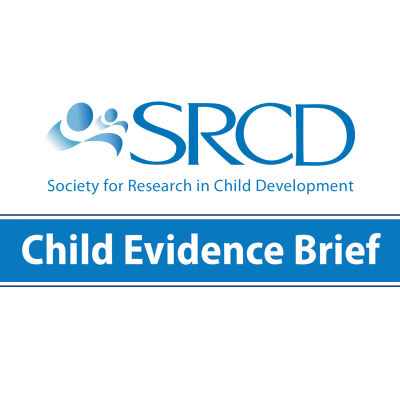
Strengthening Mental Health Support Services for Refugee Children Resettled in the U.S.
There are more than 11 million refugee children worldwide who have been forced to flee their homes due to persecution or a fear of persecution based on race, religion, nationality, or membership in a social or political group, often tied to experiences of war and armed conflict. Increasing numbers of refugee children and youth are resettling in the U.S.

Title IV-B Plays an Important Role in Preventing Child Welfare System Involvement
Of the 7.1 million children referred to state child welfare systems annually due to alleged child maltreatment (e.g., physical abuse, sexual abuse, or neglect), nearly half are screened out and do not receive child welfare services despite potential markers of maltreatment risk. Due to Title IV-B of the Social Security Act’s flexibility and capacity to target root causes of maltreatment, Title IV-B services offer a critical strategy for preventing maltreatment and subsequent child welfare system involvement. Emerging evidence suggests that community response and differential response programs funded by Title IV-B are important initiatives to prevent child maltreatment.

Responsible Fatherhood Programs: Children Benefit from a More Integrated Family Approach
Nearly 20 million children (almost 1 in 4) live in a home without a resident father. These children are more likely to have social-emotional adjustment problems, failing grades at school, and become involved in the juvenile justice system. To address the problems that arise from fathers’ physical or psychological absence from children’s lives, in 2006 the U.S. Congress authorized the Healthy Marriage and Responsible Fatherhood (HMRF) initiative, allocating $150 million per year to two separate programs: Healthy Marriage (HM) programs to strengthen married and unmarried couple relationships; and Responsible Fatherhood (RF) programs to increase the active engagement of non-residential and residential fathers as parents, partners, and economic providers.
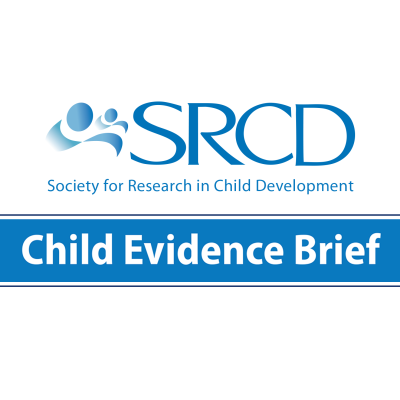
Increasing Support for Home Visiting Innovation is Critical for Young Children and Their Families
Evidence-based home visiting is a critical service that effectively improves child and family wellbeing. Yet, while millions of pregnant people and families with young children could benefit from evidence-based home visiting services, the majority of those families remain unserved because of resource limitations. Home visiting is a voluntary federally- and state-funded service in families’ homes that provides expectant parents or parents of young children with support to promote parental and child well-being. The COVID-19 pandemic required the home visiting field to pivot from in-person to virtual service delivery to meet the needs of families.
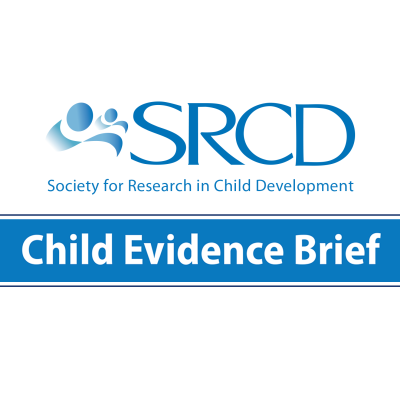
Evidence-Based Curricula and Job-Embedded Coaching for Teachers Promote Preschoolers’ Learning
Preschool helps prepare children for kindergarten and can promote their long-term health, educational outcomes, and career success. Evidence-based curricula and job-embedded, curriculum-based coaching for teachers are critical tools for delivering on the promise of universal preschool in the United States. The Biden Administration’s American Families Plan, which aims to offer universal preschool to all three- and four-year-old children, specifies that universal preschool programs must use “developmentally appropriate” curricula and provide regular “job-embedded coaching” for teachers. Rigorous evidence shows that some preschool curricula promote learning more powerfully than others, particularly when paired with regular job-embedded coaching.
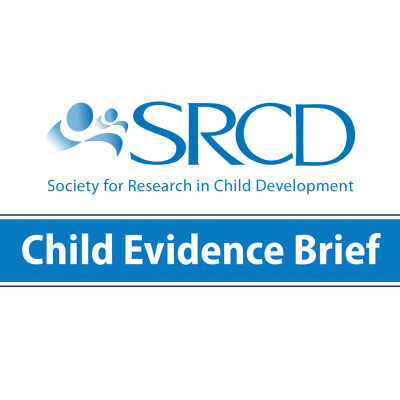
Reducing Child Poverty Can Promote Children’s Development and Productivity in Adulthood
More than nine million U.S. children lived in families with incomes below the poverty line in 2019. Relative to children in higher-income families, children living in poverty have worse health, lower language and cognitive skills in early childhood, and lower achievement through school years. As they reach adulthood, children living in poverty complete less schooling, secure lower-skilled jobs, and exhibit more criminal behavior. The most rigorous evidence suggests that child poverty is one cause of these differences, particularly if it persists for a number of years or occurs early in childhood. The costs of heightened health care, lost economic productivity, and crime driven by child poverty have been estimated to exceed $800 billion annually. Combining existing federal income support policies shown to reduce child poverty with an expansion of the Child Tax Credit from the American Rescue Plan Act of 2021 has the potential to cut child poverty in half. This would move 4.5 million children out of poverty and likely improve their developmental outcomes.
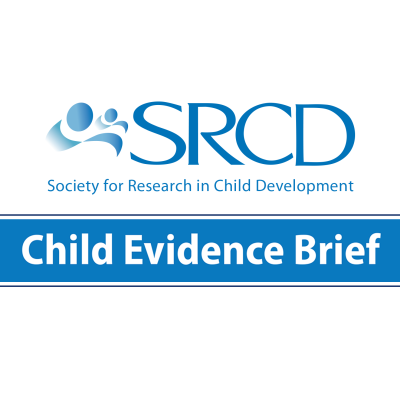
Child Care and COVID-19: Support Children by Investing in Early Educators and Program Sustainability
The COVID-19 pandemic exposed the longstanding vulnerability of early care and education programs and inequities in the health and financial security of early educators. Addressing new and ongoing needs in the early care and education system (including schools, centers, and homes) is critical to supporting the well-being of children who rely on child care. Prior to March 2020, over 7.75 million children under 6 were cared for in regulated child care programs by one million early educators in center-based programs and one million paid home-based early educators. While deemed an essential service, child care programs suffered volatile impacts of the pandemic without the support and existing infrastructure available to other businesses. Policy strategies for recovery and rebuilding must address the short- and long-term needs of child care programs and the early educators who work in them. Attention is needed to address disparities in the experiences of early educators who are Black and Hispanic. Actions to support programs and the workforce can ultimately benefit children and families served in child care.
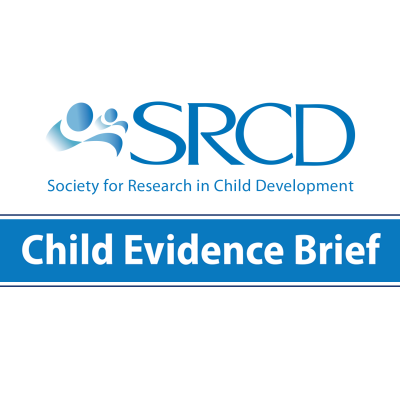
COVID-19 Job and Income Loss Jeopardize Child Well-Being: Income Support Policies Can Help
The burdens of job loss and continued economic uncertainty are felt by a wide range of families, though they are especially elevated among lower-income households and families of color. COVID-19-driven increases in job loss, income instability, and resulting strains on housing and food security are impairing child and family wellbeing. Temporary policy supports – such as stimulus checks, expanded Unemployment Insurance (UI) benefits, rent moratoriums, and expanded food programs – helped stem these losses and protect children. Yet, burdensome distribution mechanisms and the temporary nature of such benefits limited their reach. As policy supports expire, economic harm is growing. Renewal and reinstatement of economic supports will reduce the stress of economic uncertainty, help financially stabilize families, and enhance parents’ capacity to support their children’s development.

Understanding the Impacts of Natural Disasters on Children
Every year, 175 million children globally are expected to be affected by natural disasters, including floods, cyclones, droughts, heatwaves, severe storms, and earthquakes. Children are particularly vulnerable during natural disasters and experience increased problems regarding their physical health, mental health, and learning after exposure. Prevention and mitigation policies can reduce children’s risk by helping communities better prepare for and respond to disasters. Increasing school safety, increasing the availability of evidence-based recovery programs, and targeting services to children at highest risk for problems are needed to mitigate the impact of natural disasters on children.

Access to Firearms Increases Child and Adolescent Suicide
Evidence shows that the suicide risk associated with firearm possession in homes with children can be reduced, though not eliminated, by storing firearms locked, unloaded, and separate from ammunition. Research also shows that pediatrician provided counseling to parents can improve firearm storage practices in the home, especially when the counseling is supplemented with free firearm storage devices. Expanded gun violence research is needed to better understand and to successfully reduce rates of child and adolescent gun suicides.

Questioning Unaccompanied Immigrant Children: Lessons from Developmental Science on Forensic Interviewing
Decades of scientific research have demonstrated how to interview children to obtain accurate and complete reports of their experiences, competencies, and attitudes. This evidence highlights the critical need for clear protocols regarding when and how children should be interviewed, including how questions should be phrased. Research also points to the necessity for extensive training of professionals who conduct the interviews.
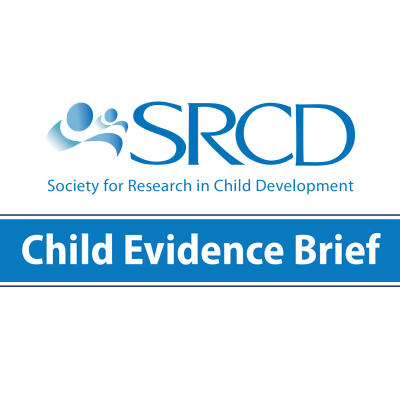
Paid Family and Medical Leave Improves the Well-Being of Children and Families
American families are changing. More children live with two working parents or a single working parent. At the other end of the life cycle, adults are living longer and working longer. These trends have increased the need for paid family and medical leave, which allows workers to fulfill important caregiving responsibilities without having to give up their paid employment.
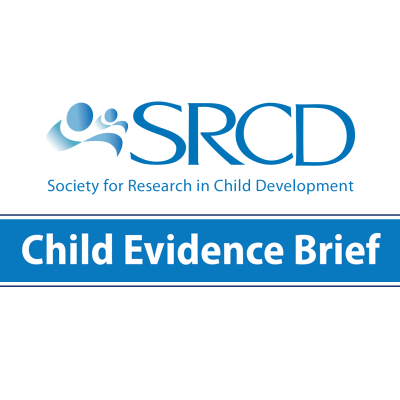
Parents’ and Caregivers’ Health Insurance Supports Children’s Healthy Development
When adults’ health care needs are met, they are better equipped to support their children as they grow and learn. When just one uninsured family member faces high medical costs or untreated conditions, the resulting stress can harm children’s well-being throughout their lives. Lack of health insurance is associated with limited access to needed care, poorer health outcomes, and financial instability, all of which can inhibit children’s healthy development.
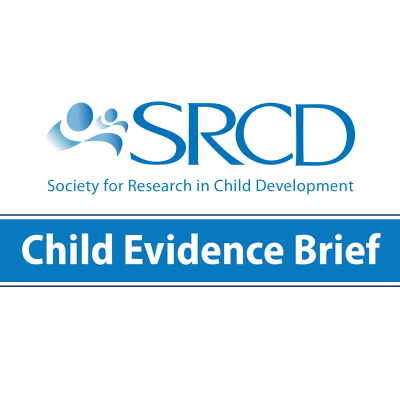
Creating Universal Tiered Systems to Prevent Child Maltreatment
Each year, an estimated one in seven children experience physical abuse, sexual abuse, neglect, or emotional maltreatment at the hands of their parents or primary caretakers. While not all of these children are reported to local officials, child welfare agencies confirm the problem is widespread. These agencies document a victimization rate of 9.1 per 1,000 children and 25 per 1,000 children under age 5. Most tragically, close to 1,800 children die each year from maltreatment, three-quarters of whom are under age 3.
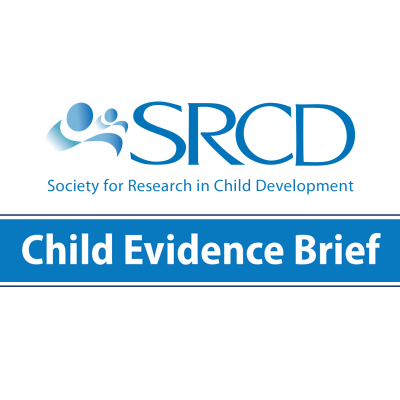
Family-Focused Approaches to Opioid Addiction Improve the Effectiveness of Treatment
In treating opioid addiction, moving from an individual approach to a family-focused approach to treatment can have lasting benefits for children and parents, and decrease health care costs. In 2017, the U.S. Department of Health and Human Services declared opioid addiction a public health emergency. Opioids—which include prescription medicines for pain relief, synthetic drugs such as fentanyl, and heroin—lead to an average of 115 deaths by overdose per day in the United States.
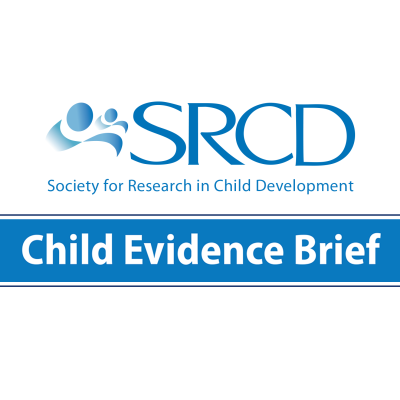
Targeted Policies Can Reduce the Harmful Consequences of Food Insecurity for Children
Food insecurity, or not having access to enough food to live an active, healthy lifestyle, affects one out of six households with children and nearly one out of three households headed by single mothers in the United States. Food insecurity affects two generations: Its consequences include poor physical and mental health and reduced academic performance in children, as well as compromised mental health and parenting skills in adults.